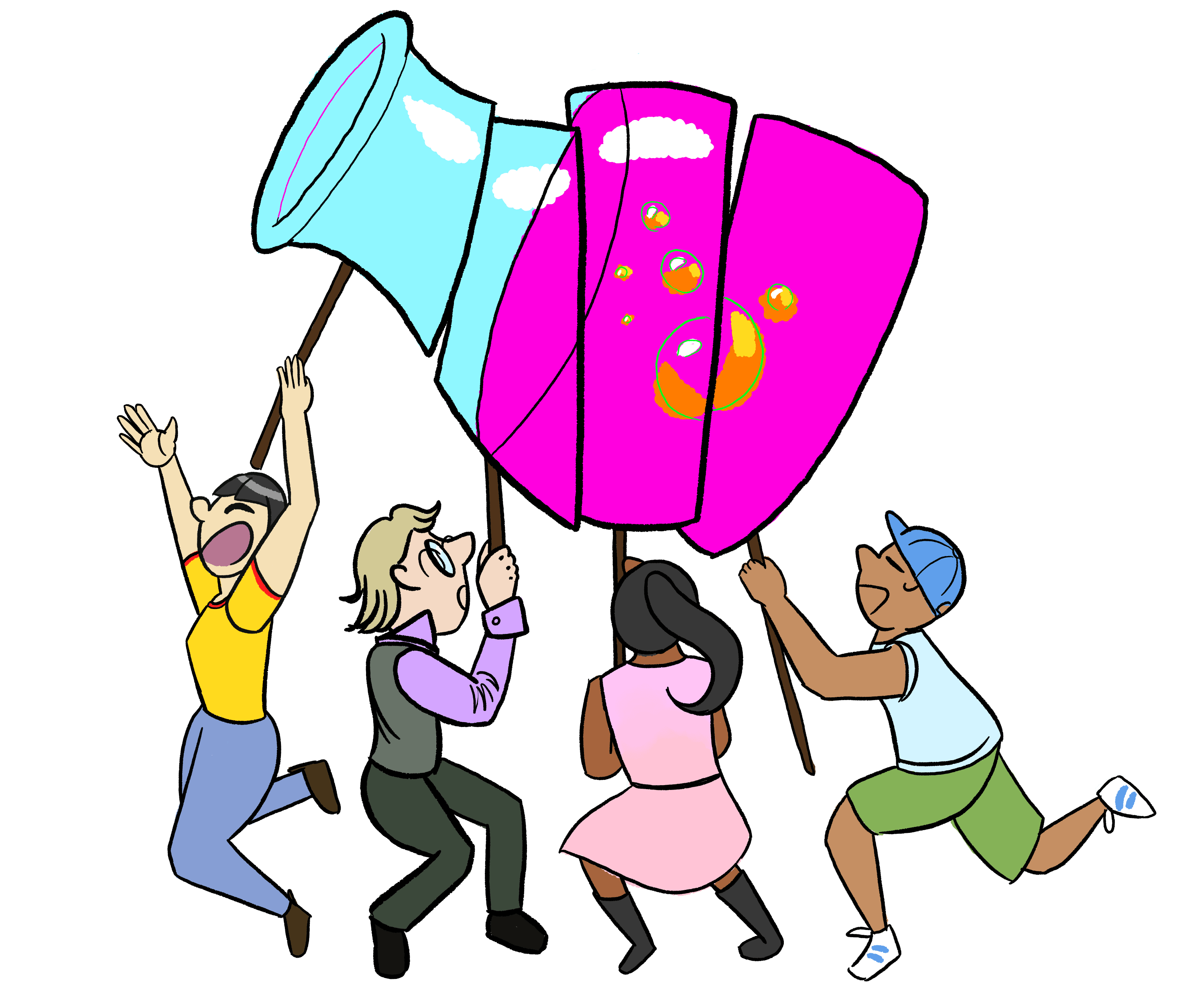Although strict definitions are nebulous, citizen science is commonly used to refer to collaborations between researchers and the general public, facilitated by the magic of the internet.
Typically, citizen science projects request that non-expert individuals from the public make observations or perform other simple tasks, and report the results back to the researcher, or a group of researchers, in charge of the project. Given the technological possibilities, citizen science projects can run the gamut, ranging in size from international affairs to neighbourhood studies.
An example of a large-scale citizen science project is the Bumble Bee Watch. An exercise in bumble bee conservation, this collaboration requests individuals across North America to take and upload photos of local bumble bees so that scientists can then identify and track their populations.
“These data provide long-term monitoring information for wild bumble bee species,” wrote Dr. Sheila Colla, Bumble Bee Watch Partner and Assistant Professor of Environmental Studies at York University, in an email to The Varsity. “We can do a bunch of things with this information including looking at the impact of land use change, climate change, pesticide use, etc. We can locate new populations of rare species, track invasive species and monitor if common species become rare.”
On a local scale, there is the Urban Redbud project, which is an initiative run by U of T PhD student Charlotte de Keyzer, under the supervision of Professors Scott MacIvor and James Thomson. Their goal is to track flowering times and bee activity of the eastern redbud trees in Toronto. The collected data will ultimately be used to draw conclusions about how climate change and urbanisation are affecting various characteristics of the trees.
“By building a network of citizen scientists I have increased my ability to attain flowering time data across a large area. It is practically impossible for me to travel to all these trees with the frequency required to monitor flowering time so this is the main motivation for having flowering time data submitted by citizen scientists,” explained de Keyzer. “The other motivation is to provide me with access to private yards where I can set up temperature loggers and pollinator sampling devices without fear of the equipment being stolen or vandalized.”
With the majority of the hands-on work in citizen science projects is being performed by untrained individuals, it is not unreasonable to wonder whether any results obtained are scientifically rigorous. Colla and de Keyzer are adamant that they are.
“When visiting the site, you can filter photos to ‘verified.’ These photos have been verified to the species level by experts,” said Colla about Bumble Bee Watch. “These are the highest quality data.”
de Keyzer had similar sentiments. “I think as long as you keep the data collection simple you can get fairly reliable data from the public. I also think there are ways of designing your study and data collection forms to prevent biases or at least provide you with information about potential biases.”
However, there have been concerns raised surrounding the term itself. “I’m a bit intrigued by the word ‘citizen’. To me that evokes thoughts of civic responsibility, etc. I would rather call it crowdsourcing science,” wrote Dr. Emanuel Istrate, Academic Coordinator at the Impact Centre for Science to Society, in an email to The Varsity. “To me, the biggest challenge is in providing a conduit for the science discovered by these citizens to make it into the ‘global repository of scientific knowledge.’”
“People are starting to move away from the term ‘citizen science’ and have proposed calling it ‘community science’ instead,” said de Keyzer. “I think the argument for changing the name has to do with inclusivity for non-citizens of a region.”
Yet, it is evident that citizen science projects are a massive boon to the academic community. Perhaps the real victory is not the collection of data itself, but the promotion of science and the attitudes of scientific thought in the general public. Such goals are especially noble in the present day, amid worrying calls by some individuals to be wary of experts and scientific “facts.”
“It is important to get the public involved in science such that more people become receptive and open to scientists,” said Sasha Weiditch, a U of T PhD student and science communicator. “By encouraging thoughtful and accurate science communication we are helping to develop trust between scientists and our communities, which translates to better resources for our groups and in turn, work that can contribute to the betterment of the lives of all of us. After all, science is meant to better the lives of all, it does not exist solely in a lab.”


